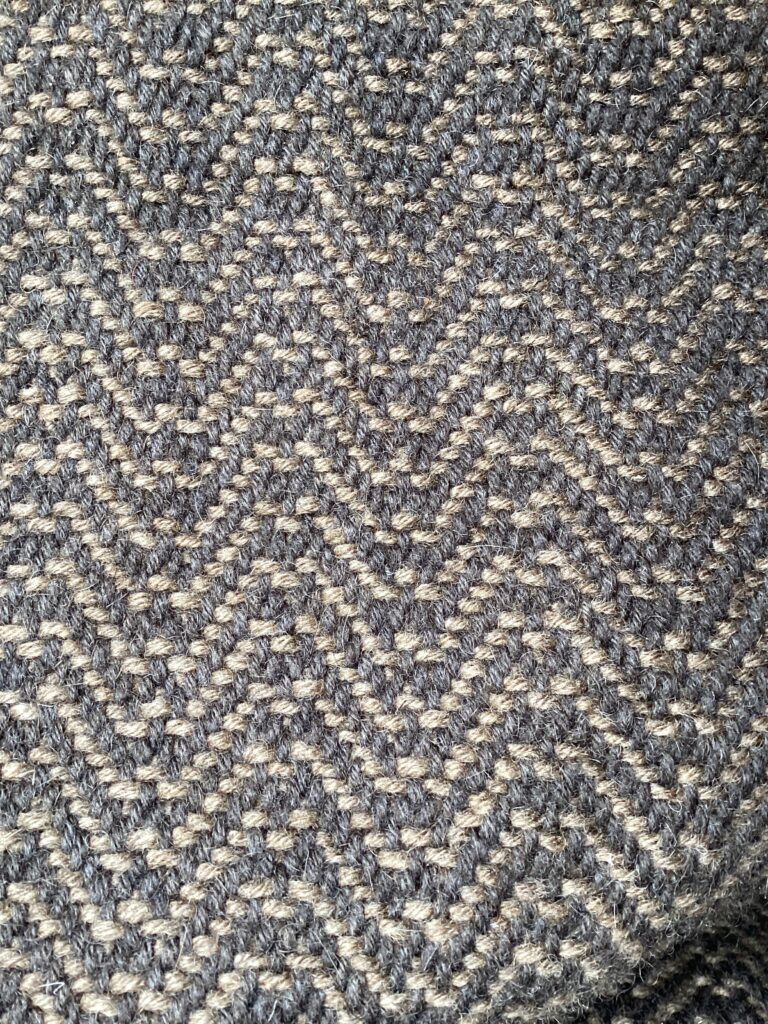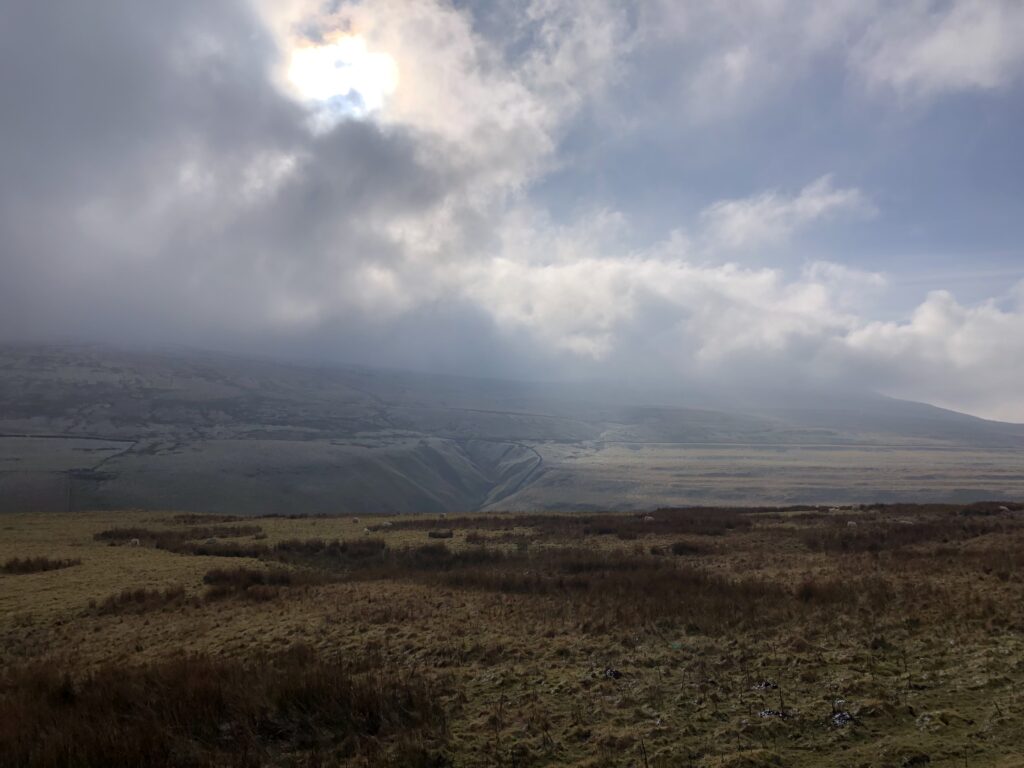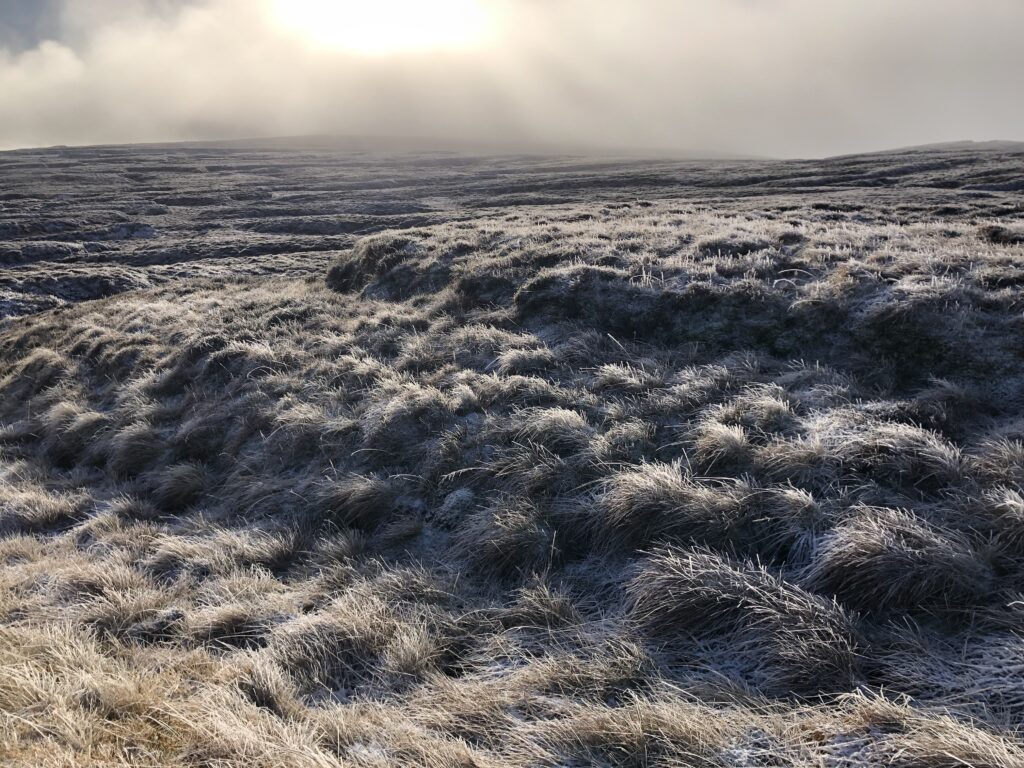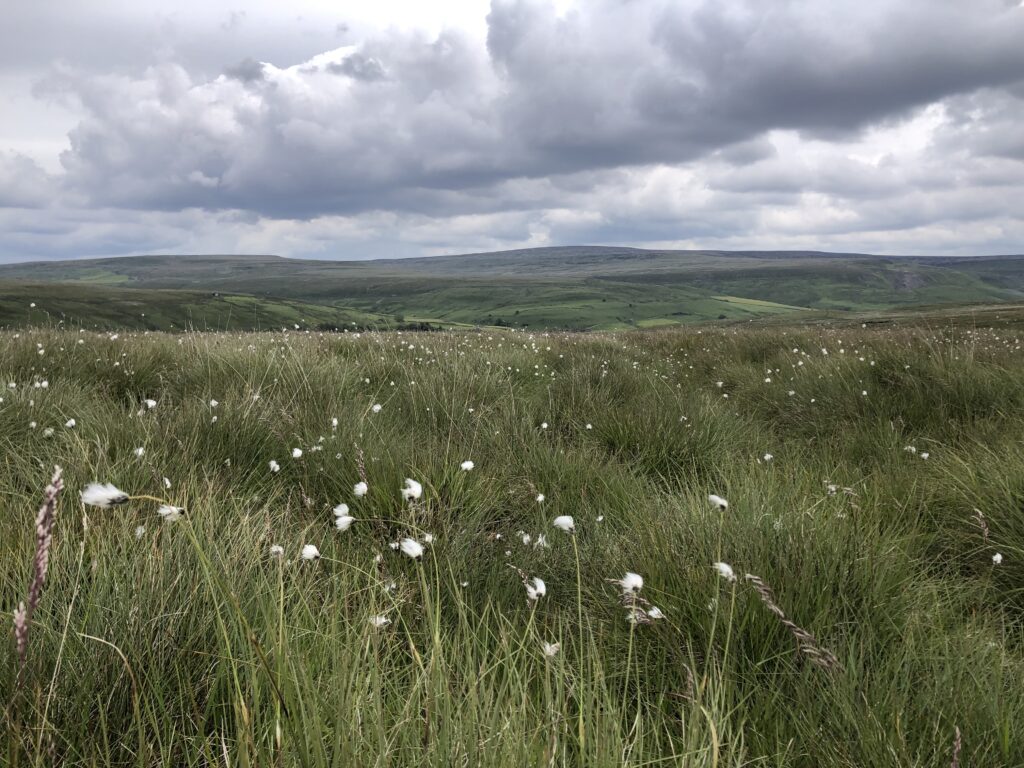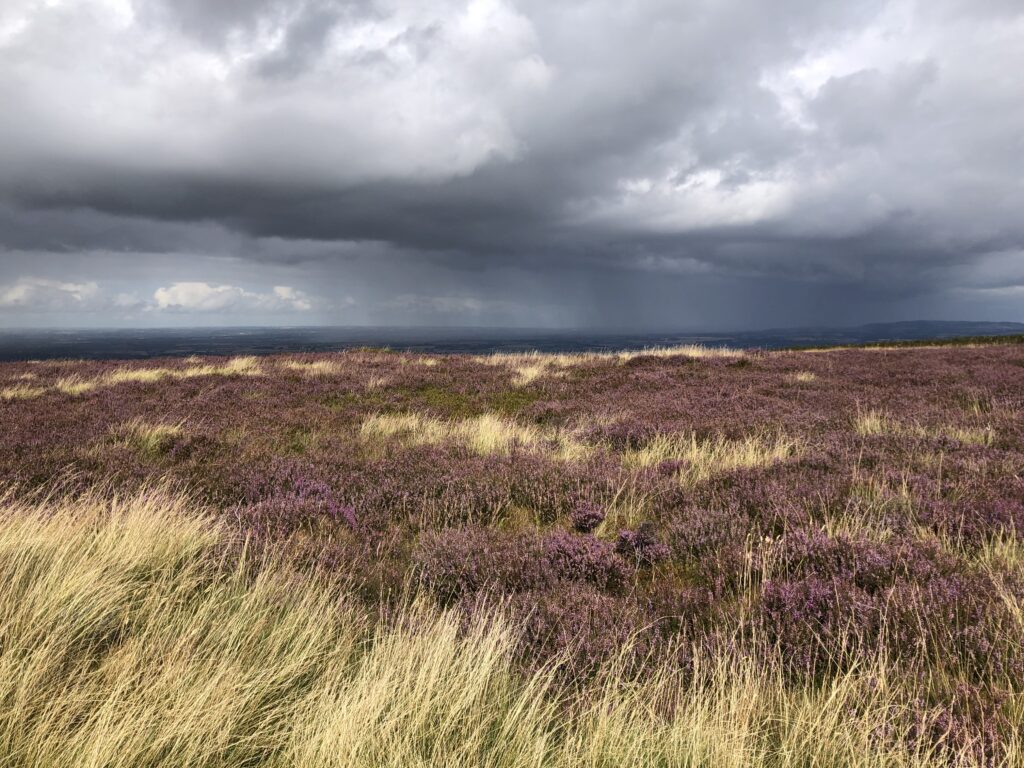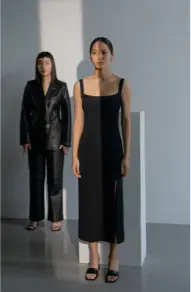Process
The Wool Cycle
My scarves are made from a blend of yak down, harvested by nomadic herders in Mongolia, and Bluefaced Leicester wool from family-run farms in the Yorkshire Dales. Each stage of the cycle reflects both tradition and care for the land.
Yaks are combed to collect their soft undercoat, which is gathered into sacks and taken to collection points, often on the back of a motorbike.
Yaks are combed to collect their soft undercoat, which is gathered into sacks and taken to collection points, often on the back of a motorbike.
Back in Mongolia the raw fibre is cleaned and dehaired to remove coarse guard hairs, leaving the soft khullu. Meanwhile in the Yorkshire Dales it is shearing season and I work with farmers to collect Bluefaced Leicester fleeces.
Shipments of prepared khullu arrive in England and are taken to a local mill to be blended and spun with Bluefaced Leicester wool.
Spinning the wool
The term yak fibre covers both coarse guard hairs and the fine undercoat. Khullu refers specifically to that soft undercoat — the down that is comparable in feel to cashmere. Some herders have invested in spinning wheels and do a small amount of hand-spinning, but their time is limited by the demands of livestock and their nomadic way of life. We therefore import the fibre and have it spun in local wooden mills.
British spinning and textile industries have long been organised around sheep wools with longer staple lengths. To produce a stable, workable yarn for weaving, khullu is therefore blended with Bluefaced Leicester. The Leicester’s longer staples and natural lustre give the yarn the strength and structure needed for spinning, while the khullu contributes its warm, cashmere-like softness.
A rare down fibre prized for softness, breathability and natural elasticity. Khullu helps regulate temperature, wicks moisture, and recovers well from stretching — qualities that make scarves comfortable and long-lasting.
A lustre sheep wool with a natural sheen, silky hand and good durability. Sourced from the small family farms I work with in the Dales, it complements khullu perfectly: the Leicester provides tensile strength and a bright, reflective surface that enhances colour and definition.
Choosing the Designs
Before weaving begins, I spend time planning the design, considering how to bring my ideas to life and selecting the colours to complement the fibres.
My patterns are based on traditional designs, adapted to complement the fibres I use. They are influenced by the vast open spaces and limited colour palettes of both Mongolia and the Yorkshire Dales. I often reflect these landscapes in my work, with small hints of colour inspired by details such as a herder’s sash or the bright marks on a Dales sheep.
Dyeing the fibres
I hand-dye yarns in small batches, usually enough for just one or two scarves. This allows me to carefully select shades that complement the natural tones of the fibres. Dyeing is an intensive process, requiring the yarn to be held at high temperature for a prolonged period, without overheating, to produce depth and consistency of colour.
Weaving the scarves
Threading the loom is a careful process, requiring patience to set the threads in the correct sequence for the pattern. Each pattern is adjusted to suit the yarns, so the drape and texture of the finished scarf highlight the natural qualities of the fibre. The design is created as the weft threads, woven back and forth, cross the warp threads set up on the loom.
Once the loom is prepared, the weaving itself flows naturally. I use a tabletop loom, which I prefer to larger looms, as it feels less industrial and allows me to remain closely connected to every stage of the process.
